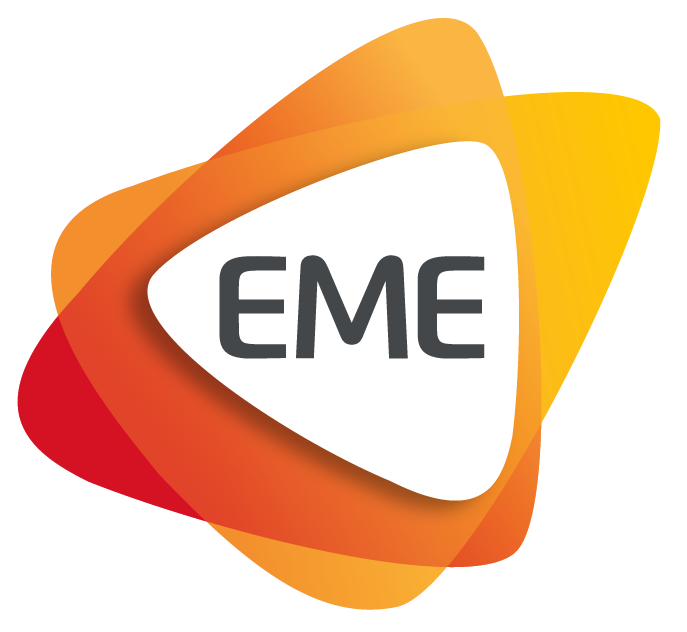[astra_breadcrumb]
Best practices
Intercultural communication and job orientation training for workplaces
#training #workingculture #culturaldifferences #communication
The good practice in a nutshell
The idea for the training is to help the staff responsible for orientation to understand cultural differences in working life. Special emphasis is on Finnish work culture. The training consists of a lecture and a workshop.
Developer or user
This practice was developed by the Institute of Adult Education in Helsinki (Finland) in the Catch Up with Work project. The training was carried out in the places of work that co‑operated with the project.
Target group
The training is targeted for the mentors responsible for the job orientation of new employees in the workplace. It is suitable also for anybody interested in culture-related differences in working life and communication.
Why it is needed
The training supports mentors’ introduction of new migrant employees and improves mentors’ understanding of different work cultures.
Resources
The good practice requires:
- a trainer who has both practical experience with cultural differences and theoretical knowledge – for example, Geert Hofstede has written a lot about cultural differences in working life
- employers interested in the training
- the option for the training to become a regular part of the workplace’s staff training
- an opportunity for the employees to participate in the training during work hours
Expected outcomes
- The training is aimed at advancing the employers’ willingness to recruit employees with an immigrant background. It can also encourage them to improve their skills in intercultural communication.
- The training is designed to support mentors who provide orientation for immigrant employees.
- The mentors become more conscious of the differences in work cultures.
- The mentors learn good practices for the job orientation of immigrant employees.
- It is easier for the mentor to introduce the new migrant employee to the workplace.
- The mentors can help new immigrant employees to adapt more easily to the workplace.
- It is hoped that the results of the workshop can become part of the normal practices in the workplace.
‘Do’s and ‘don’t’s
- The trainer can enquire about the needs of the participants before the training. That way, it is possible to get information about the topics the staff are especially interested in.
- Help participants to mingle in the workshop, so that they can interact with new people, not just with their closest workmates.
- You can divide the participants into groups by applying some kind of system. If the participants can form the groups themselves, they probably will choose their closest workmates.
- Don’t just give a lecture; have a workshop or exercises also. It is better to use both during a training session. The participants might not take part in both if you have a lecture on one day and a workshop on another.
- Being aware of the traits of different work cultures prepares us to deal with cultural differences and, especially, understand our own culture better. However, remember to tell the audience that people are individuals and do not fall into certain cultural generalisations.
Applicability
This training could be organised in any country, for a variety of employers, where there is a need to increase understanding about cultural differences in the workplace.
Quotes from the other project partners
“When the work places learn more about cultural differencies it is a benefit for both the work place and the migrants.” (Municipality of Piteå, Sweden)
Additional information
- How does it work? (pdf)
